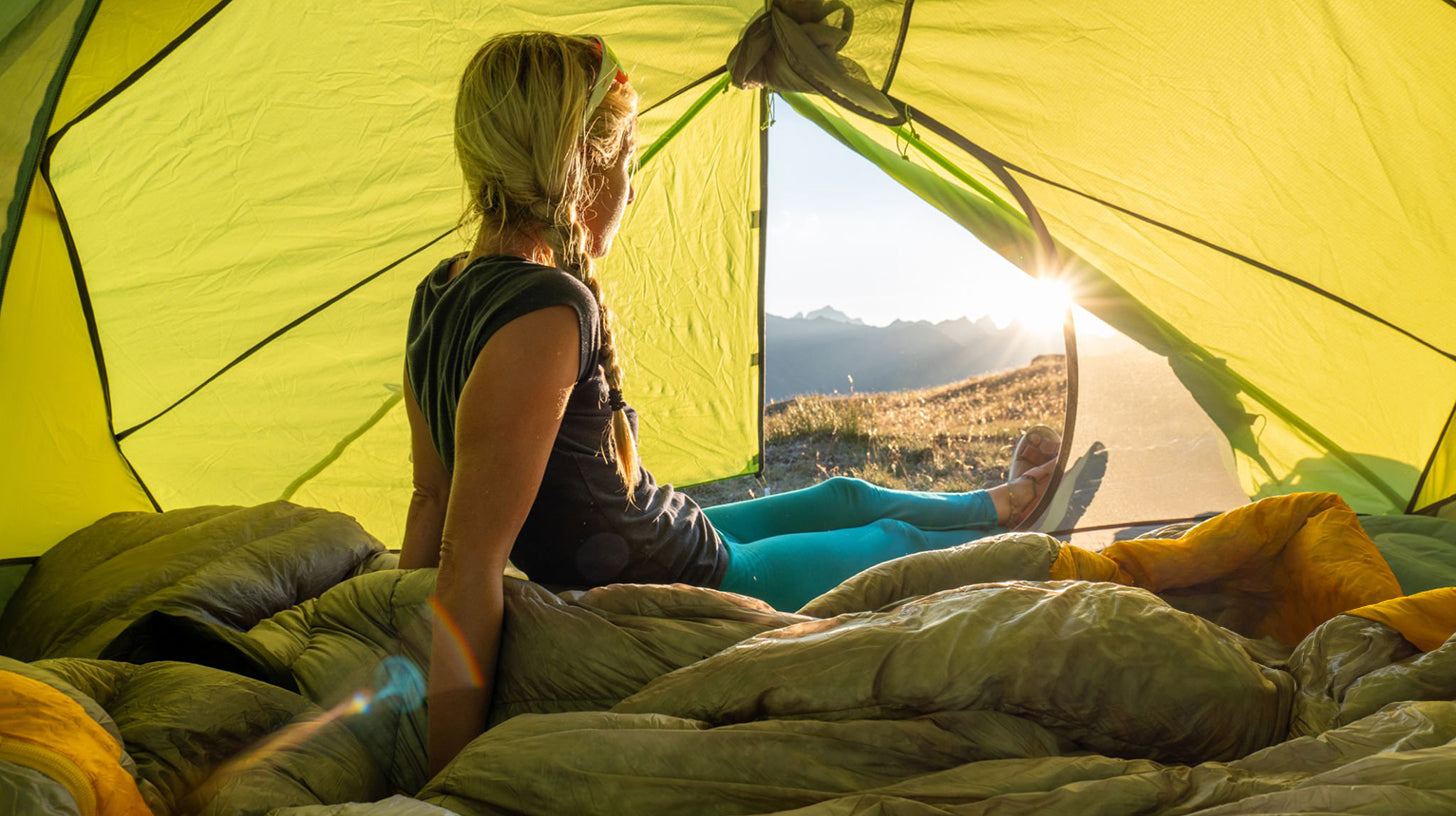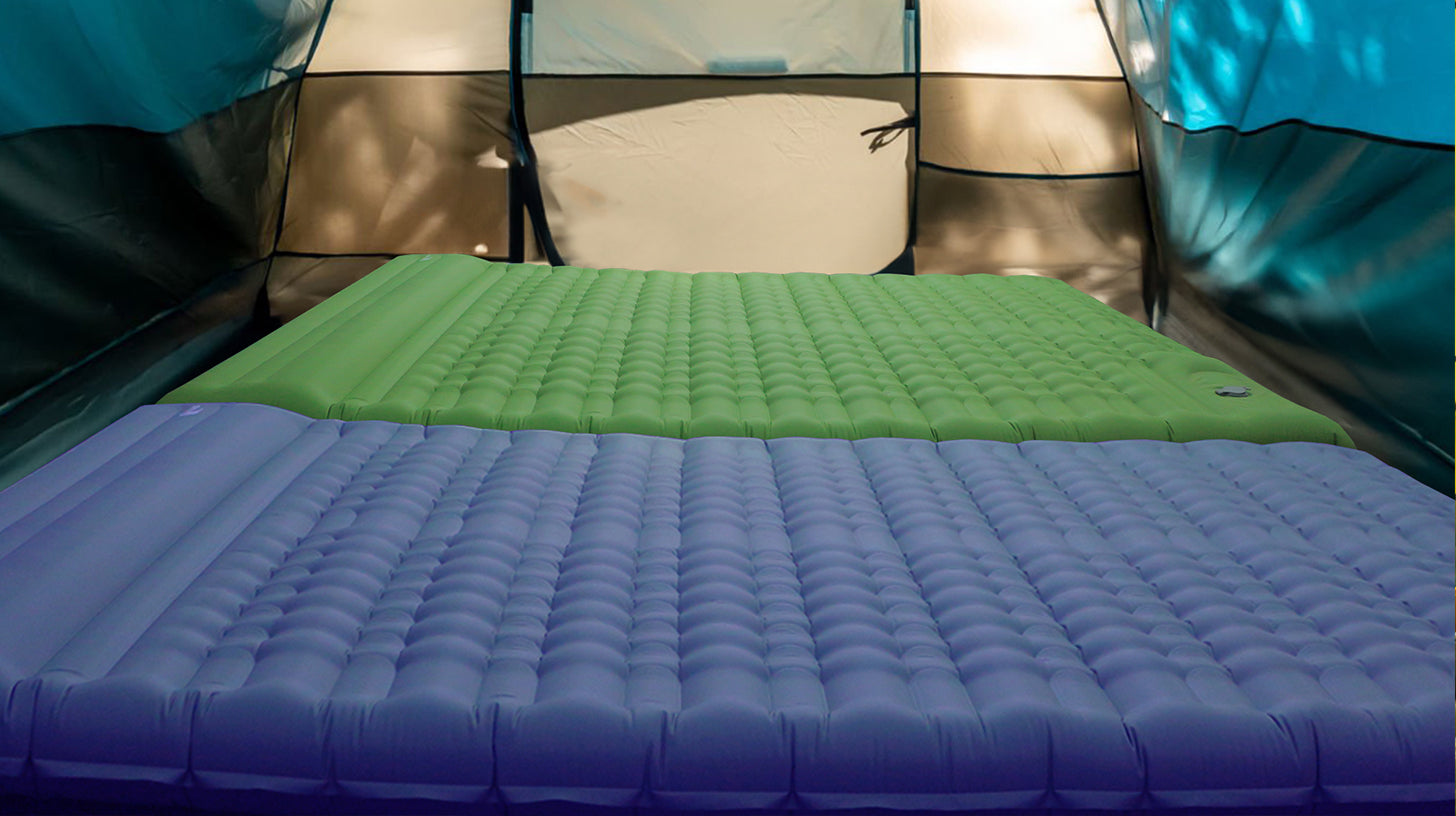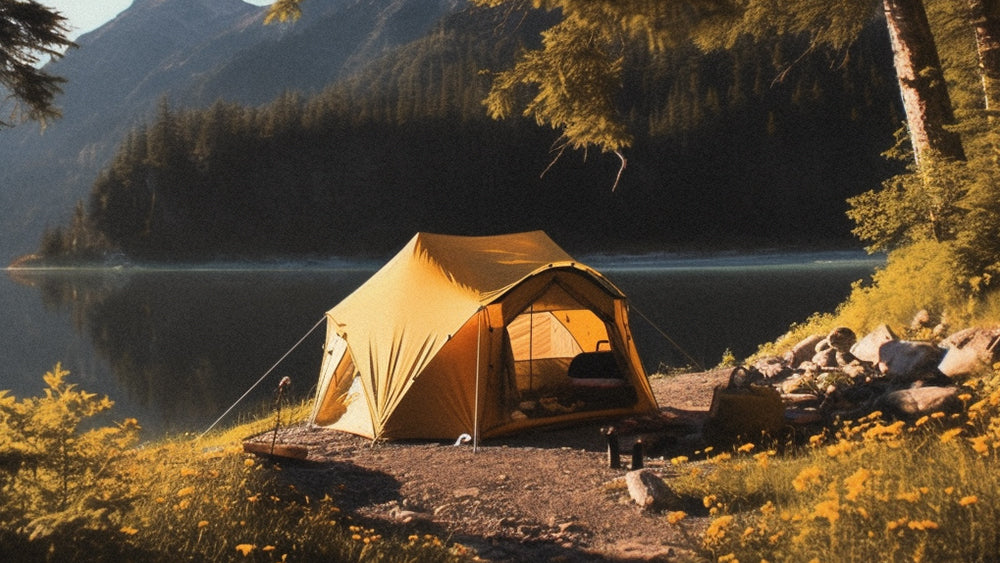When planning a backpacking trip, one of the most crucial components of your gear is your sleep system. While a good sleeping bag is essential, it’s important to remember that the sleeping pad can be just as vital, if not more so, especially in higher temperature seasons. A sleeping pad provides not only cushioning but also insulation from the cold ground, making it a year-round necessity.
Here's what to consider when choosing a sleeping pad and a sleeping bag for your backpacking adventures.

Understanding Sleeping Pads
Your choice of a sleeping pad significantly impacts your overall comfort and warmth while camping. Even in warmer weather, a sleeping pad is necessary to provide a barrier against the cold ground. Here are the key factors to consider:
R-Value: This measures the pad's ability to resist heat flow. The higher the R-value, the better the pad insulates you from cold surfaces. For three-season use, an R-value of 2 to 4 is typically adequate, but for colder conditions, look for an R-value of 5 or higher.
Weight and Packability: Since you’ll be carrying it in your backpack, you want a pad that is lightweight and packs down small. Inflatable and closed-cell foam pads are popular choices for their portability.
Comfort: Thickness and material determine how comfortable a pad will be. Thicker pads offer more cushioning, while different materials can affect the pad's softness and durability.
Type: Choose between inflatable pads, self-inflating pads, and closed-cell foam pads. Inflatable pads offer the most comfort and are lightweight, but can be punctured. Self-inflating pads provide a balance of comfort and convenience, while closed-cell foam pads are durable and inexpensive but bulkier.
Learn more about Calmcrest technical fabric inflatable sleeping pads:
https://calmcrest.com/products/windrest-sleeping-pad

Selecting a Sleeping Bag
Once you have your sleeping pad, choosing the right sleeping bag is the next step. Here’s what to focus on:
Temperature Rating: Select a sleeping bag with a rating slightly lower than the coldest temperatures you expect to encounter. This ensures you stay warm even on unexpectedly cold nights. Remember, a sleeping bag’s temperature rating is just a guideline and assumes you are using an appropriate sleeping pad and wearing suitable clothing.
Type of Insulation: The main decision is between down and synthetic insulation. Down offers the best warmth-to-weight ratio and compressibility but is more expensive and loses insulating power when wet. Synthetic insulation is bulkier and heavier but maintains warmth even when damp and is less costly.
Weight and Packability: The quality of insulation and the bag's design affect its weight and how small it packs down. Compare bags with similar temperature ratings to find the best balance of warmth and weight for your needs.
Features: Consider additional features that enhance comfort and usability, such as hood adjustments, draft collars, stash pockets, and sleeping pad compatibility.

Your Sleep System: Working Together
A sleeping bag alone cannot ensure your warmth and comfort. Your sleep system, including your sleeping pad and the clothes you wear, plays a crucial role. Here’s how to ensure all components work together effectively:
Use an Insulated Sleeping Pad: Even the best sleeping bag won’t keep you warm if you’re losing heat to the ground. Ensure your sleeping pad has an appropriate R-value for the conditions you’ll be facing.
Dress Appropriately: Sleep in base layers and socks. This not only keeps your sleeping bag cleaner but also adds extra warmth. Avoid overdressing, as too many layers can compress the insulation and reduce its effectiveness.
Consider Your Shelter: The type of shelter you use can also impact your sleep system’s effectiveness. A well-ventilated tent can help manage moisture and prevent condensation from making your sleeping bag damp and less effective.
Temperature Ratings and Testing
Understanding temperature ratings can help you make an informed decision. Sleeping bags are typically tested to ISO or EN standards, which provide comparable ratings across brands:
Comfort Rating: The lowest temperature at which the bag keeps an average cold sleeper comfortable, often used for women’s bags.
Limit Rating: The lowest temperature at which the bag keeps an average warm sleeper comfortable, typically used for men’s or unisex bags.
However, these ratings are based on specific testing conditions, including the use of an insulated sleeping pad and appropriate sleepwear. Real-world conditions can vary, so it’s essential to consider your entire sleep system when evaluating warmth. The simple table below shows recommended sleep system combinations based on expected nighttime low, R-value of the sleeping pad, and the sleeping bag temperature rating.
What Sleeping Pad and Sleeping Bag Rating Should I Get?
|
CONDITIONS |
WARM |
COOL |
COLD |
EXTREME |
|
Expected Nighttime Low |
50°F |
32°F |
20°F |
0°F |
|
Pad: R-Value Range |
Under 2 |
2 - 3.9 |
4 - 5.4 |
5.5+ |
|
Bag: Temperature Rating |
30°F or lower |
20°F or lower |
15°F or lower |
0°F or lower |
For the temperature rating of your bag, use its "lower limit" rating if you are a warm sleeper; use its "comfort" rating if you are a cold sleeper.

In summary, while a sleeping bag is critical for warmth, a good sleeping pad is indispensable for comfort and insulation, particularly in varying temperatures. Investing time in choosing the right sleep system components will ensure you rest well and are ready for the adventures ahead.
For more details and recommendations on sleep systems, you can explore our articles and join our Reddit community for comment. Happy camping!



